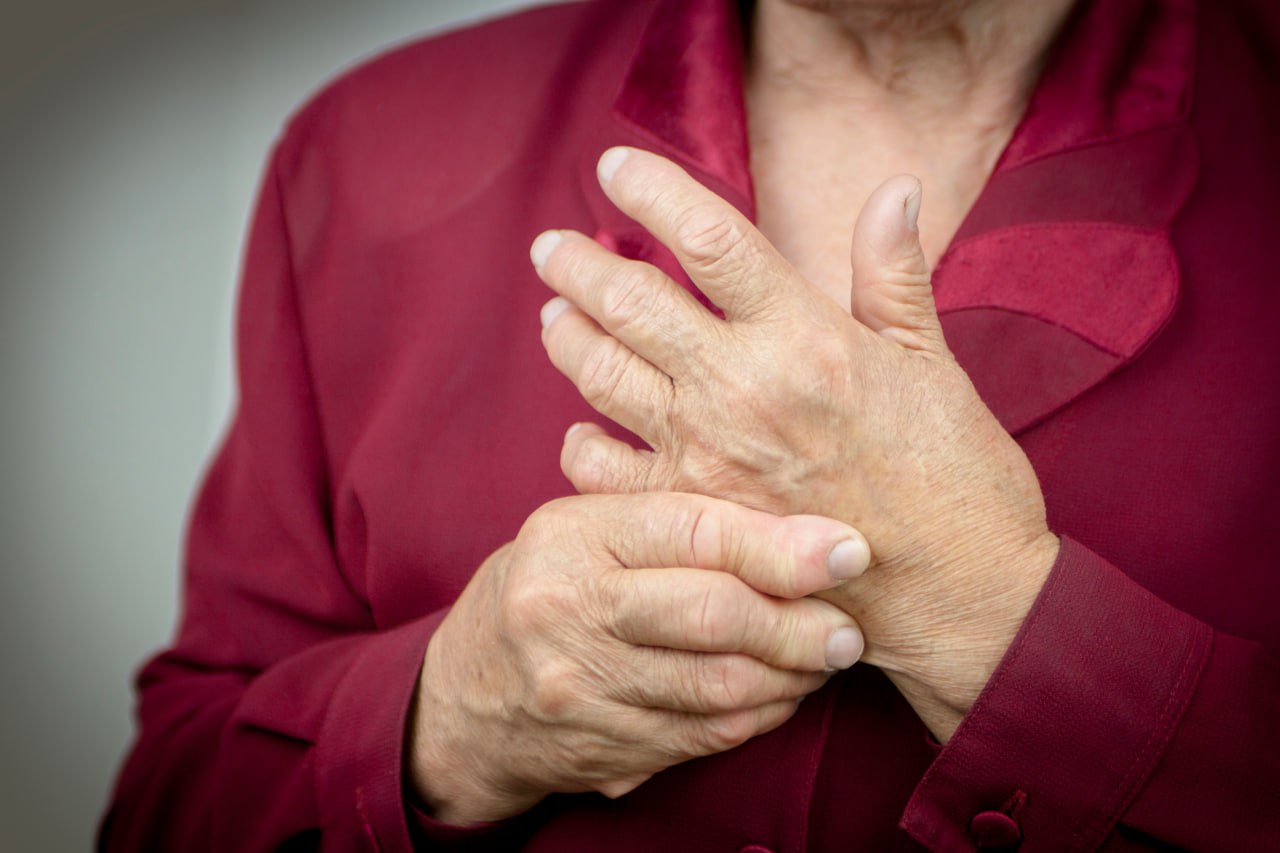Crepitus is a grating sensation in the joints that often signals an underlying issue. It appears as a crunching, cracking, or popping sound and feeling during movement, frequently linked with conditions such as arthritis or tendinitis.
While occasional crepitus can be normal, persistent symptoms should prompt a visit to your doctor. This helps to determine if there’s an underlying condition and prevent potential progression.
Overview Of Joint Anatomy And Physiology
Joints are crucial points where two or more bones meet, enabling both stability and movement essential for various activities. They act as shock absorbers, cushioning the impact of daily actions like walking and running. Important joints include the shoulder, elbow, knee, wrist, hip, and ankle.
Each joint consists of several key components: cartilage, ligaments, the joint capsule, and tendons. Cartilage cushions the bones, reducing friction. Ligaments connect bones, providing stability and flexibility. Tendons attach muscles to bones, facilitating movement, while the joint capsule surrounds and supports these elements, maintaining joint integrity.
A diagram of a synovial joint
What Is Crepitus?
Examining Different Types Of Crepitus
Crepitus can present in different ways depending on the underlying condition:
- Joint crepitus: This occurs when two bone surfaces, such as those in the knee, rub together due to decreased lubrication, creating a grating or popping sound.
- Bone crepitus: This type involves the sensation or noise produced by fractured bone fragments rubbing against each other.
- Crepitus of bursitis: Bursitis, which is inflammation of the fluid-filled sacs (bursae) that cushion joints, can lead to crepitus if the bursa contains loose fibrous particles, resulting in a crackling sensation.
- Crepitus of tenosynovitis: Inflammation of the tendon sheaths and tendons (tenosynovitis) can cause crepitus as inflamed tendons rub against each other.
Symptoms Related To Crepitus In Joints
If you experience joint crepitus, it is likely accompanied by other symptoms. Depending on the underlying cause, you may notice the following:
Joint Pain
Pain is commonly associated with joint crepitus and can range from mild to severe. It may present as a dull ache, stiffness, or tenderness in the joint. Movement of the affected joint might also trigger sharp, stabbing pains.
Swelling
Joint crepitus often occurs alongside swelling around the affected joint. This swelling is typically due to inflammation, which can be caused by conditions such as arthritis or tendonitis. The swollen area may feel warm, appear red and may be visibly enlarged.
Medical Conditions Linked With Grating Sensation In Joints
Some common medical conditions are associated with joint crepitus:
Fibromyalgia
Fibromyalgia may lead to a grating sensation in the muscles (crepitus), due to small calcium deposits that form from hormonal and chemical imbalances. These deposits can cause stiffness and discomfort in muscle tissues.
Gout
Gout is a type of arthritis caused by the buildup of uric acid crystals in the joints, often starting with the big toe but possibly affecting other joints like the knee and ankle. The movement of the joint may produce crepitus as these crystals rub against each other, resulting in swelling, tenderness, and intense pain.
Rheumatoid Arthritis
Rheumatoid arthritis is an autoimmune disorder that causes joint inflammation, leading to pain, swelling, and stiffness. As cartilage deteriorates or tendons rub together, crepitus can occur during joint movement, contributing to the symptoms of this chronic condition.
Osteoarthritis
Osteoarthritis is a degenerative joint disease characterized by the breakdown of cartilage in joints, causing pain, stiffness, and swelling. As cartilage weakens, crepitus can develop as the joints move, worsening discomfort and reducing mobility over time.
Lyme Disease
Lyme disease, caused by bacteria transmitted through tick bites, can lead to joint inflammation, which may result in joints rubbing together and producing crepitus. This inflammation adds to the pain, stiffness, and discomfort in the affected joints.
Systemic Lupus Erythematosus (SLE)
SLE is a chronic autoimmune condition where the immune system attacks healthy tissues, including joints. Joint inflammation in SLE can lead to pain, stiffness, and swelling, often accompanied by crepitus during movement due to joint damage and inflammation.
Ankylosing Spondylitis
Ankylosing spondylitis is a chronic autoimmune disorder primarily affecting the spine and large joints, leading to inflammation and stiffness. This condition can cause crepitus as the affected joints, suffering from inflammation and cartilage deterioration, produce audible sounds when moved, contributing to discomfort and decreased flexibility.
Why Prompt Diagnosis Is Essential For Health Management
Timely diagnosis of joint crepitus is important, as crepitus can indicate an underlying condition. Early diagnosis allows healthcare providers to identify the root cause and begin appropriate treatment. Delaying diagnosis could lead to complications or irreversible joint damage.
A timely diagnosis is crucial when dealing with joint crepitus, as it can help rule out more serious conditions like cancer or arthritis. If you experience additional symptoms such as pain, swelling, or discomfort, consulting a medical professional is essential. This proactive approach allows for early detection and appropriate intervention, helping to address the issue before it potentially leads to more significant complications.
How To Identify Crepitus In Joints?
When you visit a doctor for joint crepitus, the initial step involves discussing your symptoms, with a focus on the grating sensation in your joints and any other related issues. The doctor will review your medical history to help identify potential causes of the crepitus.
Next, a thorough physical examination will be conducted. The doctor will evaluate the affected joint by asking you to move it in various ways to detect any noticeable grating sensation or sound.
To further investigate, your doctor might recommend imaging tests, such as X-rays or MRI scans, to obtain detailed images of the joint. These tests are important for detecting any structural damage or abnormalities. Additionally, a lab test may be performed on a fluid sample from the joint to check for signs of infection, inflammation, or autoimmune conditions.
Conventional Treatment Options
How NextPain Treats Pain For Osteoarthritis-Related Joint Crepitus
Our Comprehensive Care System
Level 1: True Conservative Care
We start with non-invasive treatments, including physical therapy, lifestyle adjustments, and the use of supportive devices. This level also involves behavioral health support, exercise recommendations, and dietary adjustments. About 50% of our patients experience significant improvement with these initial measures.
Level 2: Medication And Interventional Pain Management
If needed, we move to medication options such as NSAIDs, neuropathics, or muscle relaxants. This level also includes interventional pain management techniques. We estimate that an additional 40% of patients benefit from these treatments.
Level 3: Advanced Procedures
For cases requiring further intervention, we offer advanced procedures such as spinal cord stimulation, SI fusion, or Vertiflex, as well as the option for opioid therapy, if appropriate. We also provide treatment for opioid use disorder through partnerships with specialized providers if necessary.
Our approach is designed to deliver personalized care and support at every stage, aiming to improve your quality of life and manage your symptoms effectively. At NextPain Care, we are committed to providing a compassionate and supportive environment to help you on your healing journey.
We Manage Crepitus-Induced Pain From These Conditions

Rheumatoid Arthritis Pain Treatment
Rheumatoid arthritis can be a debilitating and painful condition that causes swelling, joint damage, and immobility. NextPain Care offers a comprehensive approach to treating the pain associated with rheumatoid arthritis and the condition itself. We aim to...

Fibromyalgia Treatment
Fibromyalgia is a chronic condition characterized by widespread pain, fatigue, and other challenging symptoms such as tender points and sleep disturbances. At NextPain Care, we use evidence-based approaches to help manage the painful symptoms of...

Frozen Shoulder Pain Treatment
Frozen shoulder, or adhesive capsulitis, is a condition characterized by inflammation of the shoulder joint capsule, leading to pain, stiffness, and restricted range of motion. This condition can significantly impact daily activities and overall quality of...

Joint Pain Treatment
Joint pain can be debilitating, making even simple daily tasks difficult for many people. At NextPain Care, we offer a comprehensive, multi-level approach to treatment. Our options range from conservative therapies to advanced surgical procedures, all aimed...
How To Protect Your Joints From Crepitus
- Maintain a healthy weight: Extra weight can place added stress on your joints, increasing the likelihood of pain and discomfort. By managing your weight, you can lower your risk of experiencing crepitus and other joint-related issues.
- Adopt an anti-inflammatory diet: Incorporating foods with anti-inflammatory properties, such as whole grains, fruits, vegetables, and fish, can help reduce joint inflammation and support overall joint health.
- Engage in regular exercise: Consistent exercise helps maintain joint function. Low-impact activities like walking, swimming, and yoga can strengthen the muscles around your joints and alleviate pain. Stretching before and after exercise can also improve joint flexibility.
- Attend regular check-ups: Regular visits to your healthcare provider can help detect joint problems early. Your doctor can recommend appropriate treatments or lifestyle adjustments to reduce the risk of crepitus and other joint issues.
Let Us Help You Take Control Of Your Pain And Enhance Your Overall Wellbeing
Crepitus, a common issue linked with joint conditions such as osteoarthritis, can cause discomfort along with pain and inflammation. At NextPain Care, we offer a non-surgical, medication-free approach designed to provide long-term relief from chronic conditions like osteoarthritis. Our method focuses on effective pain management while avoiding the risks associated with invasive procedures.
If joint crepitus is causing you discomfort, osteoarthritis might be the cause.

